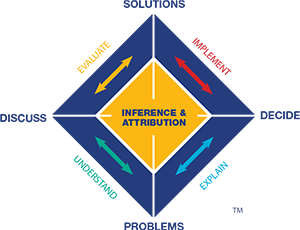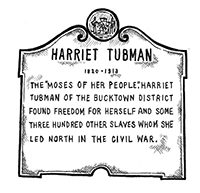Inference and Attribution
-
-

Imagine that you are working on a project. You gather some information which suggests there could be a problem that will have a significant impact on sales if it is not fixed. Should you infer from this information that the solution is urgent, or spend more time checking out the details? We have to deal with such issues every day. Inference is often called, ‘reading between the lines’. We do it in conversation. We hear what someone says, but then infer what they mean. That is, we go beyond the facts and use our experience and wider knowledge, to come to some view or conclusion on what the next steps might be.
In the process, we may also start making attributions. For example, we can attribute the problem to some changes that were made to the packaging and presentation of the product. We may go further and attribute blame to the marketing manager and his team for introducing the change without consulting other groups. Both inference and attribution are major parts of the problem solving process, but they are hard to quantify and identify.
In making an inference, we are using our judgement, both on things and people. This is particularly so when selecting someone to do a job. We gain some information and then make an inference about their competence. If they do not perform to standard, then we may infer they have problems and introduce training solutions. At another level, we may make attributions and stereotype all the people from the marketing department as misguided. This generalization can have the function of creating an ‘us and them’ attitude. If the attribution is made about an individual, they will no doubt complain that their character is being impugned. Therefore, inference and attribution are very important concepts in problem solving, and need to be treated seriously.
-
Harriet Tubman
A good exemplar of this is Harriet Tubman, who was born into a life of slavery. Rather than accept the inferences and attributions that went with such a role, she decided to escape. Indeed, she did more than that. She also helped other slaves escape. Later she worked with the Union Army in the USA, as a cook and a nurse, as well as someone who recruited other ex-slaves. In effect, she rejected the inferences and attributions, created her own roles and became a heroine in her own life time. You can gain an insight into her story in this avatar video.
-
Applications

Make sure your inferences are accurate and your attributions are positive rather than negative.
Have a think about how you make judgements. Do you let inferences influence your perception of a person or situation?
Excuses - do you make them when there is an inference that may suggest a weakness in a project that you are involved with? In turn, do you tend to attribute such weakness to factors outside your control?
In making attributions, you are in fact analyzing a situation or person, and this is done by making inferences. Some consequences are that behaviour is then 'led' - this can give a sense of control.
-